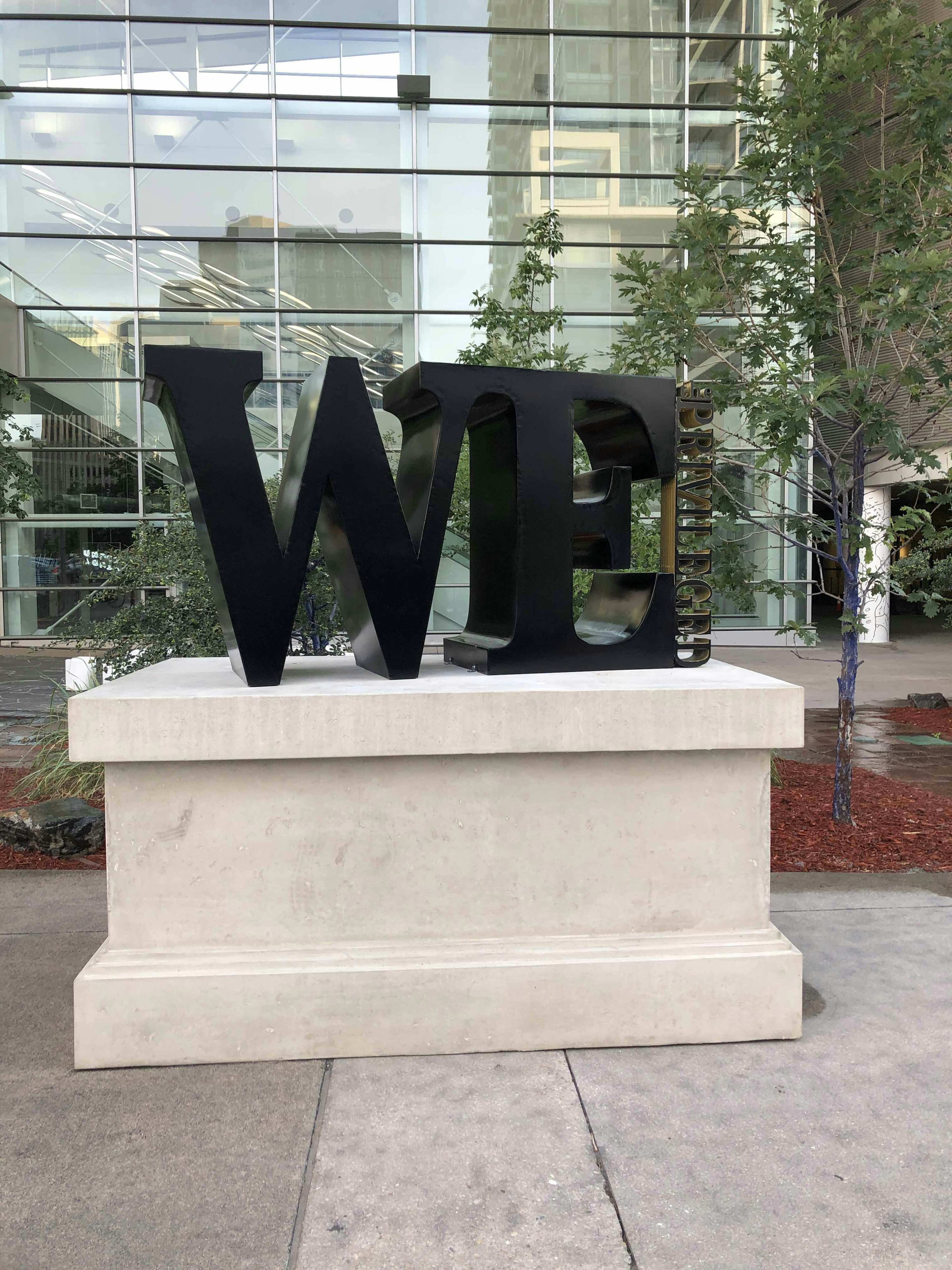Nikki Pike on her Temporary Monument to Denver

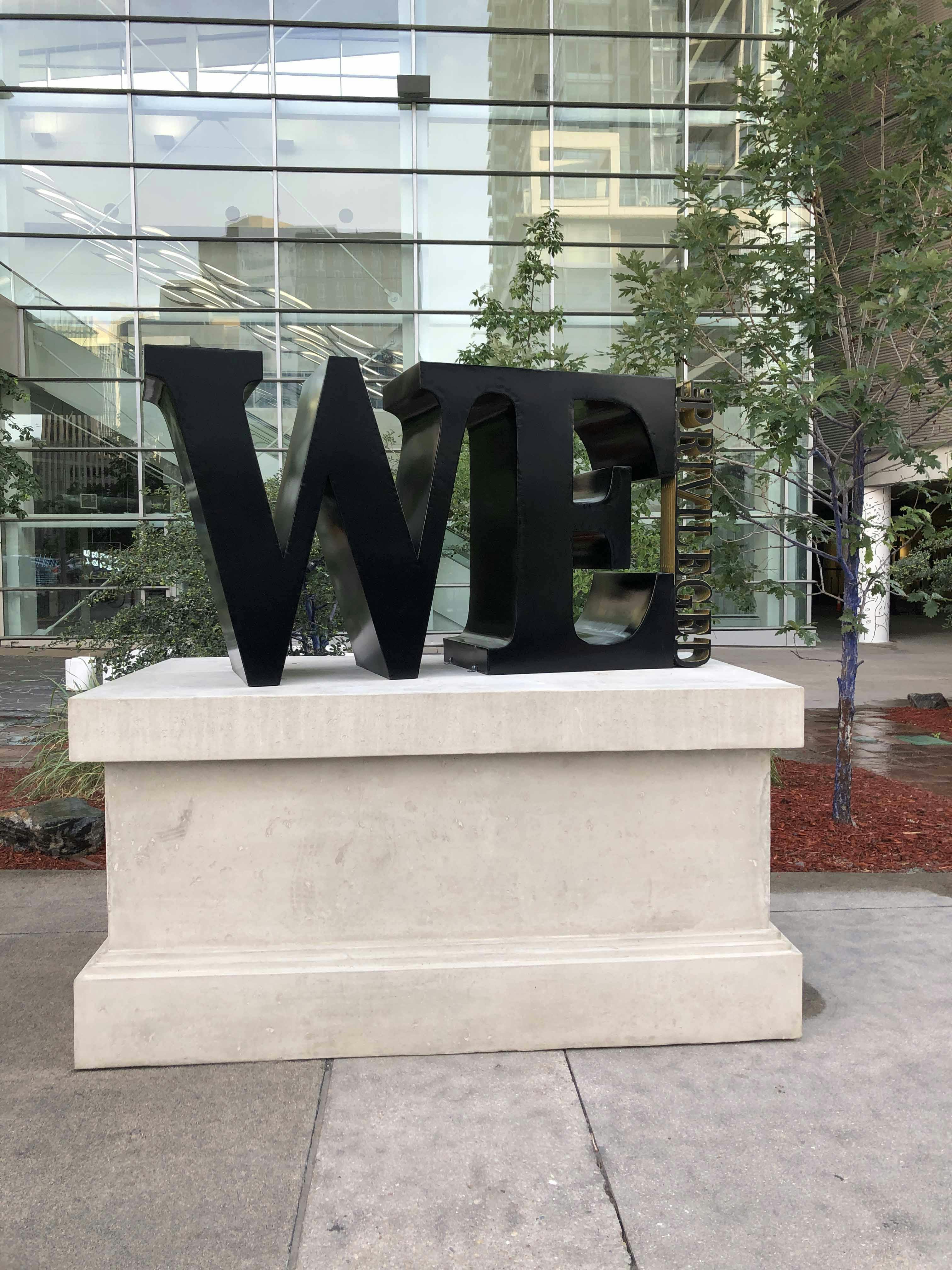
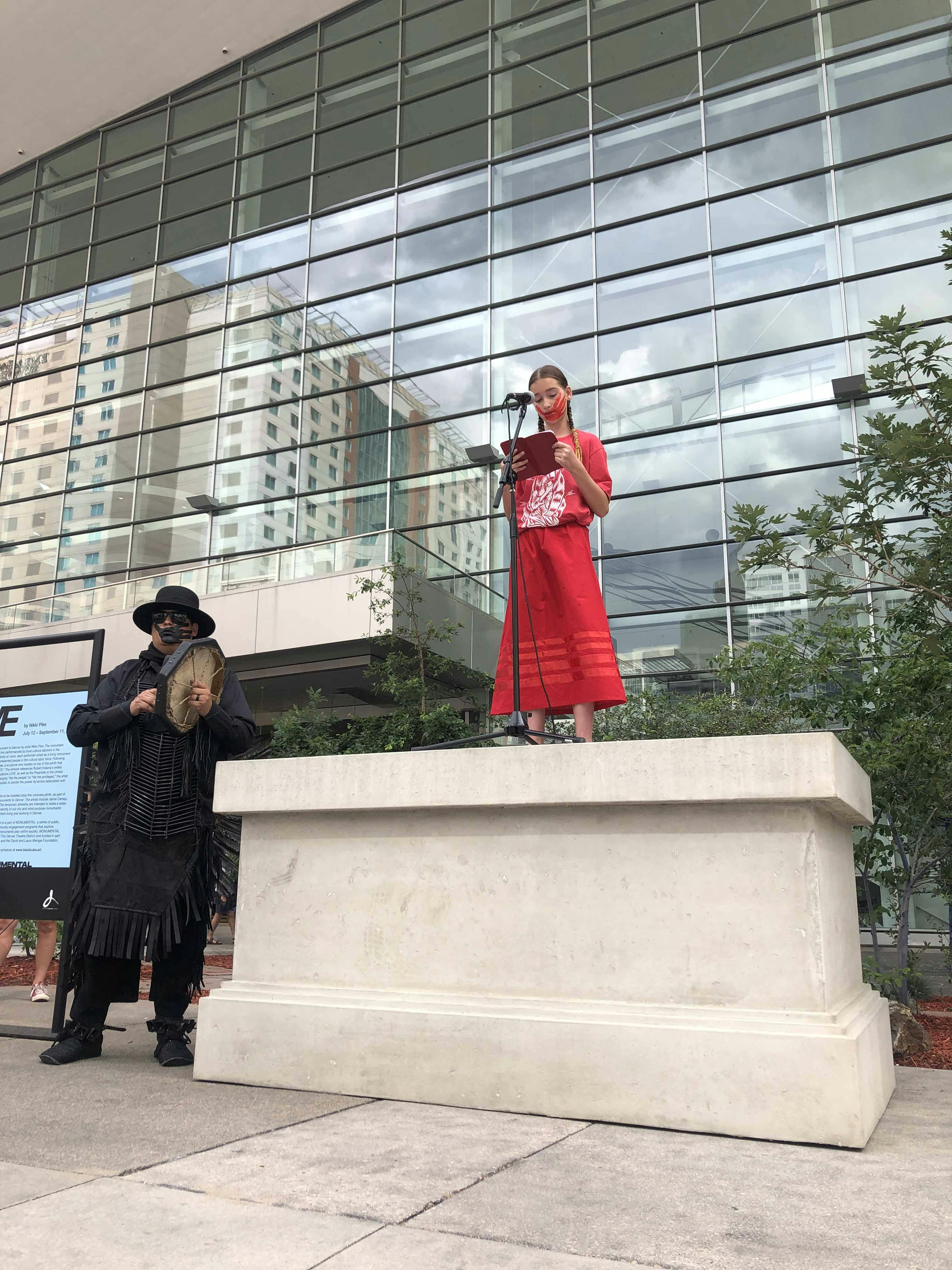
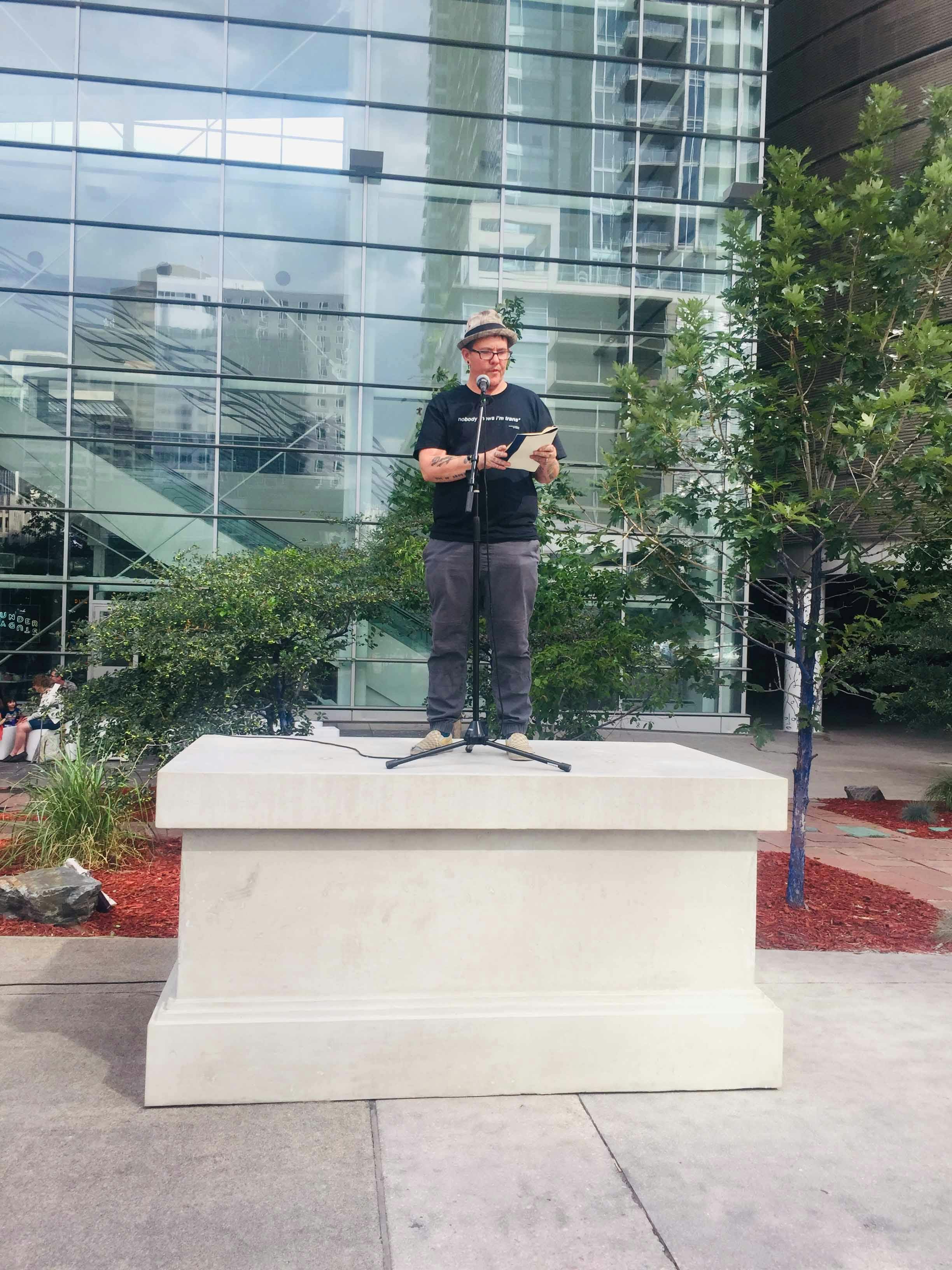
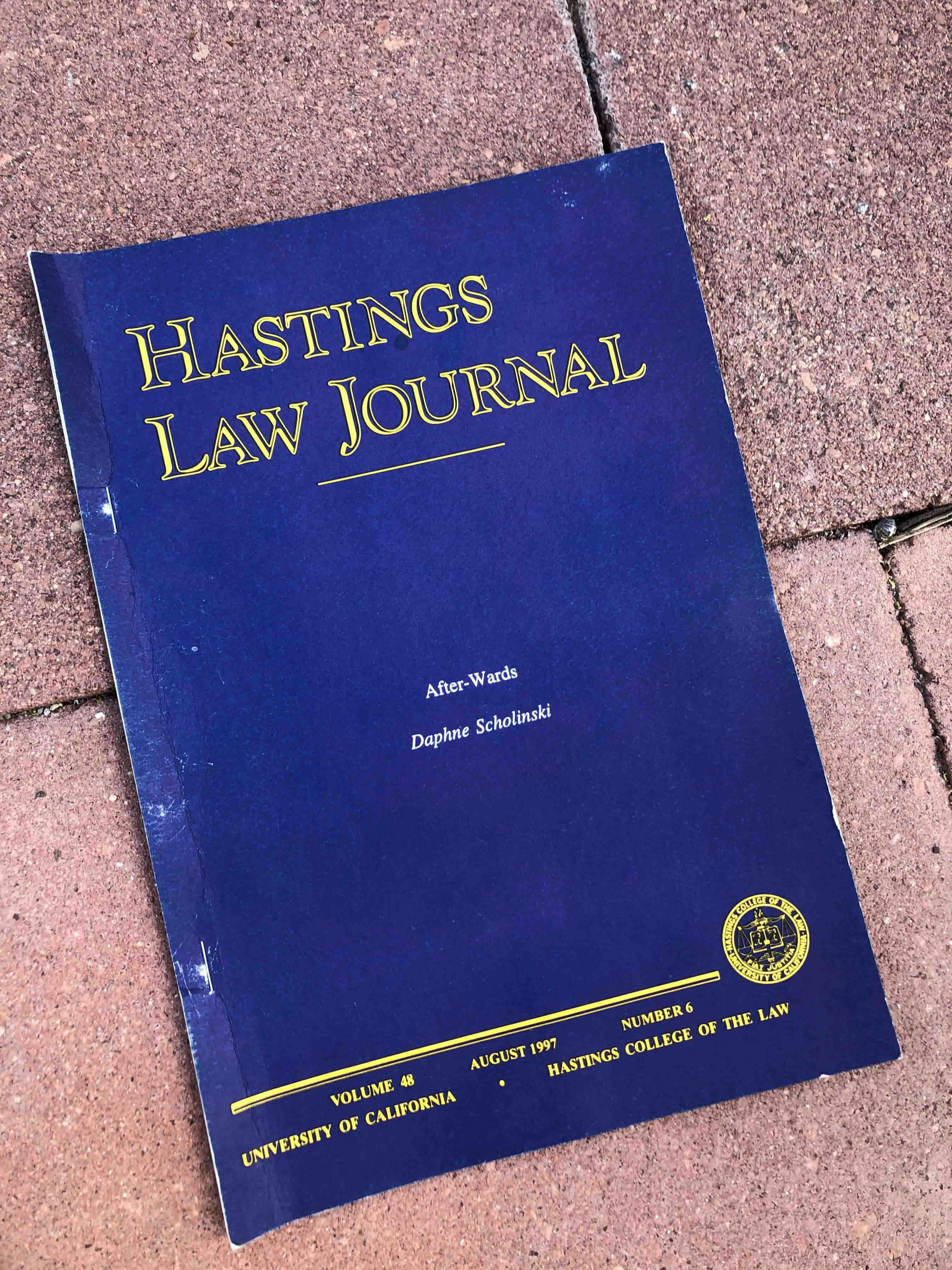


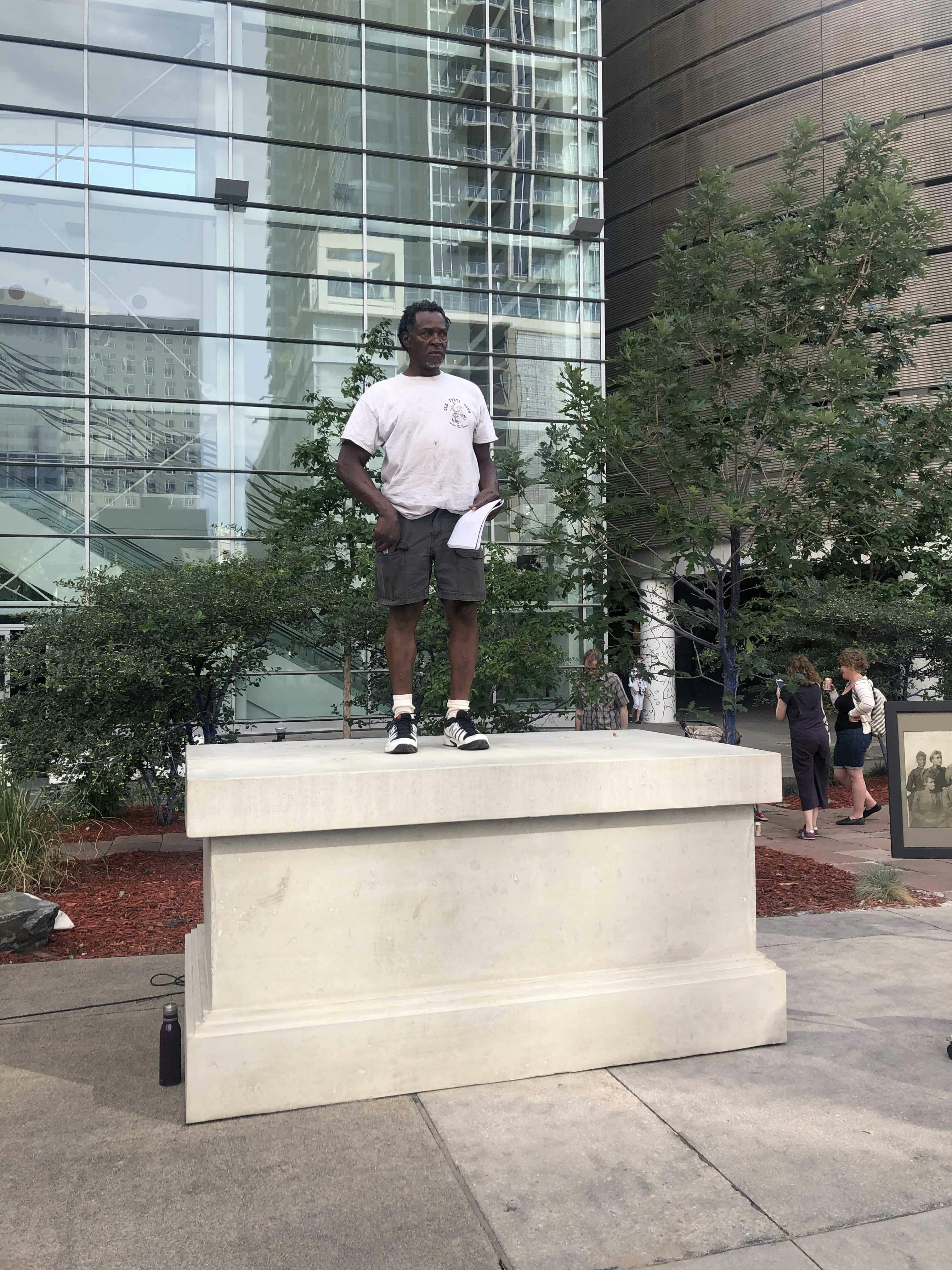
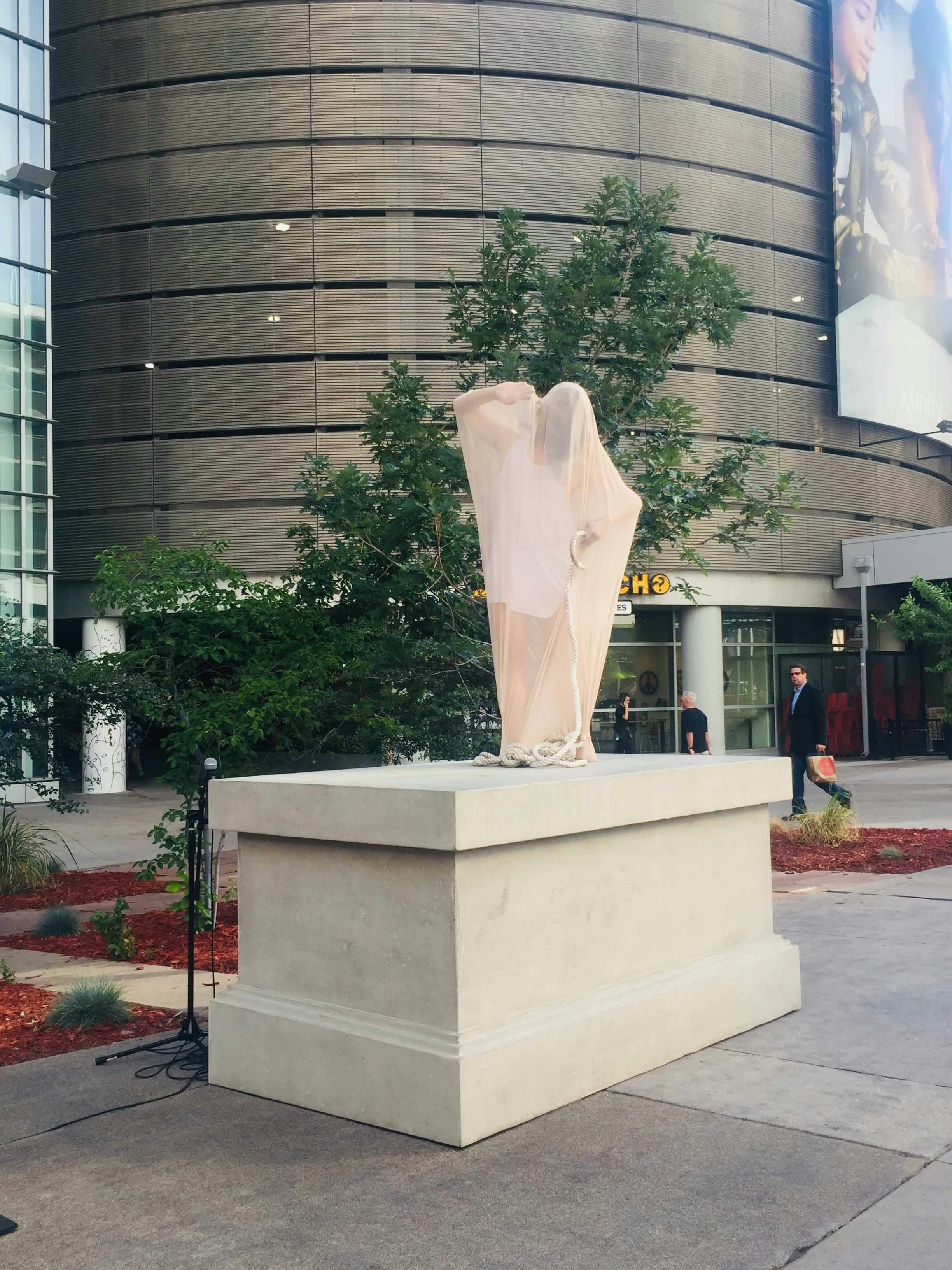
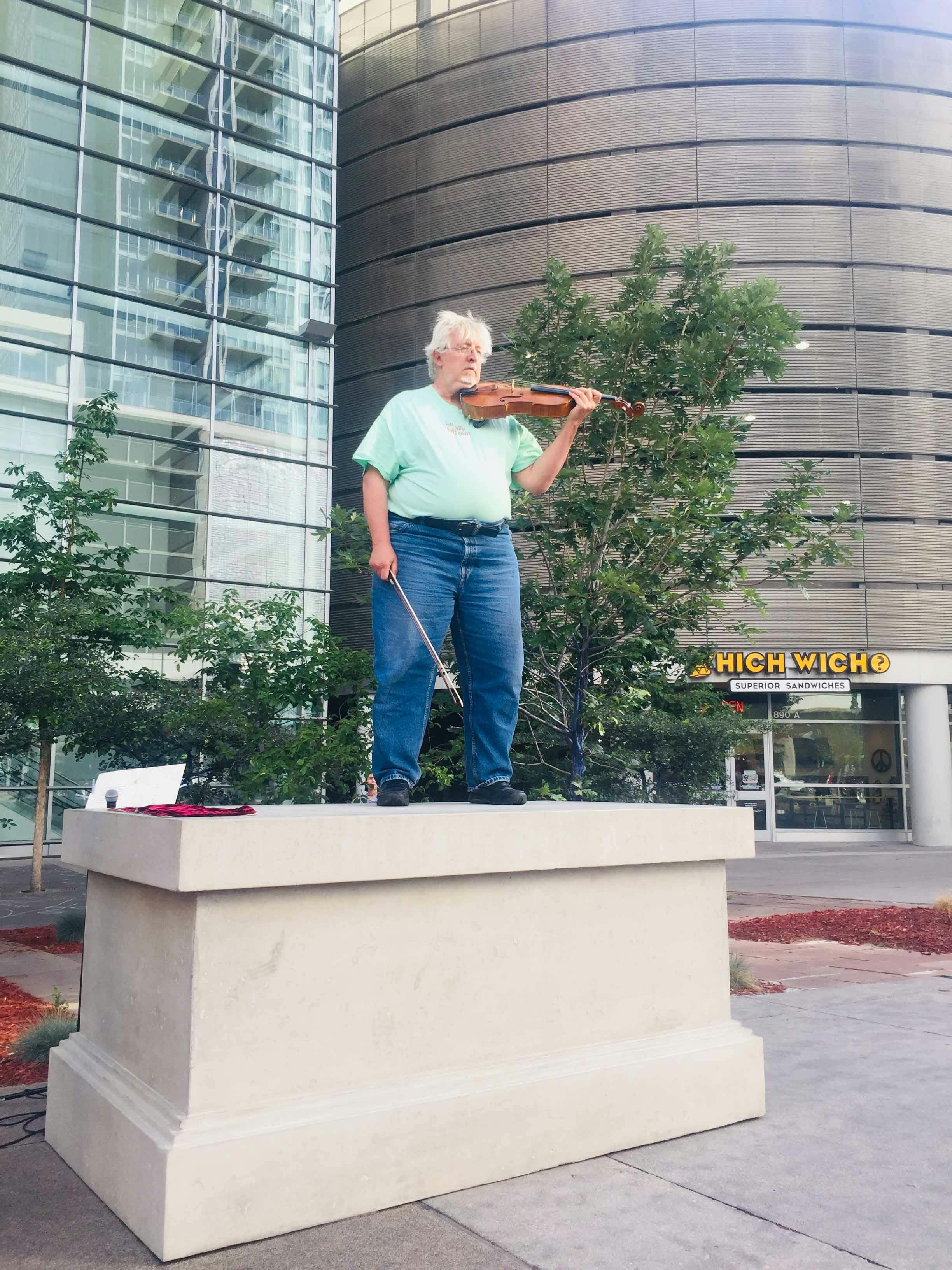
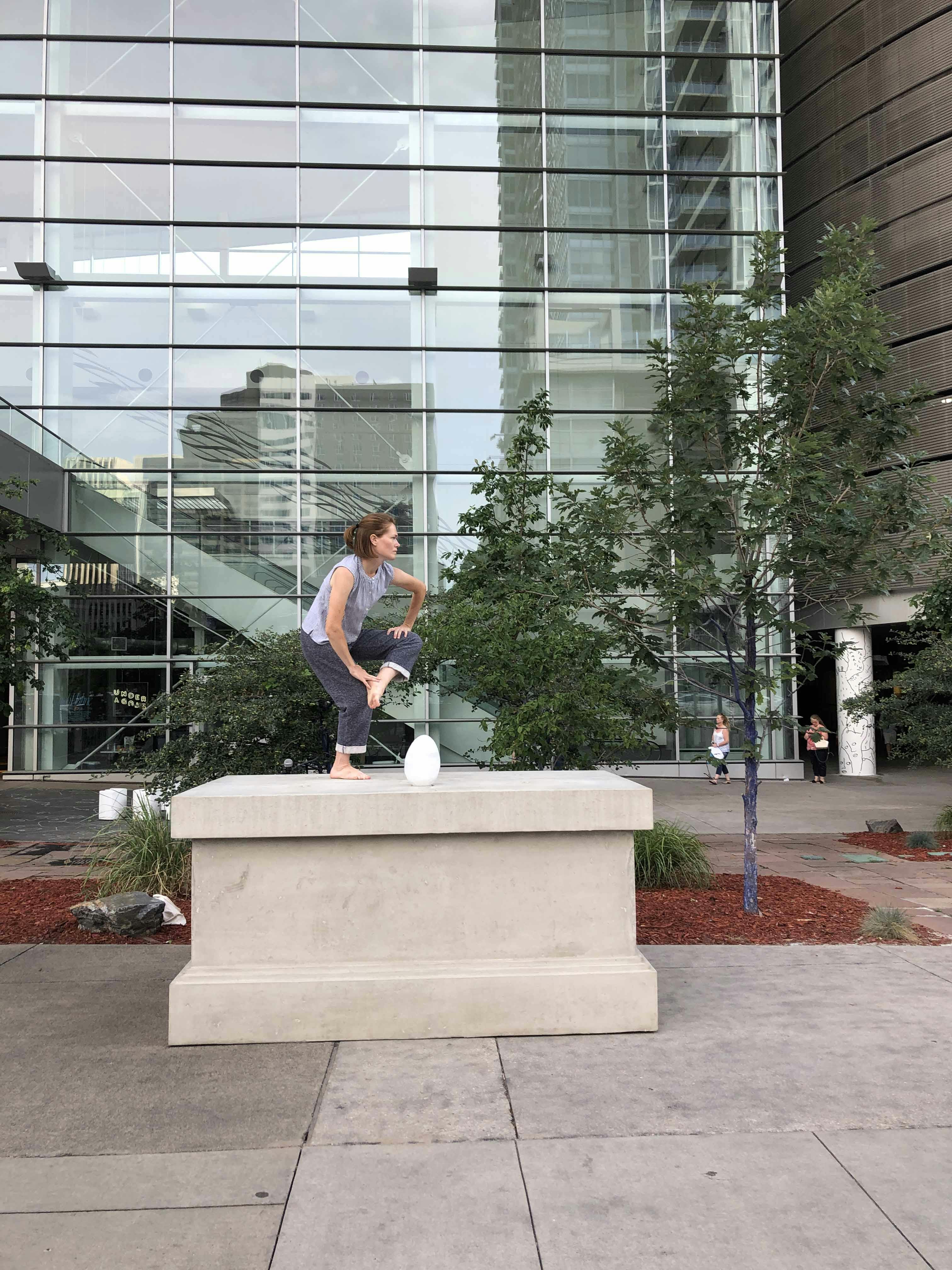
We spoke with Denver-based artist Nikki Pike about her work WE, a commission for Black Cube’s Special Project, Temporary Monuments to Denver.
Nikki Pike on her Temporary Monument to Denver
WE is a temporary monument to Denver by artist Nikki Pike. The monument opened on July 12, 2019 with a series of live performances by Colorado-based cultural laborers in the community. Following the inaugural performances, a sculpture was installed on top of the plinth that read “WE the Privileged.” The artwork references Robert Indiana’s widely recognized, text-based sculpture LOVE, as well as the Preamble to the United States Constitution. By changing “We the people” to “We the privileged,” Pike presents a moment for the public to ponder the power dynamics associated with traditional monuments.
The performers (in order of performance) included Gregg and Sage Deal, Dylan Scholinski, Martina Grbac, Jasmine Dillavou, Cliff Garrett, Su Cho, Bruce Price, and Sarah Scott. The performances took place on a custom, concrete monument plinth placed outside of the Colorado Convention Center.
This artwork is a part of the wider project MONUMENTAL, which is a series of public, contemporary artworks and community engagement programs that explore, question, and transform the role monuments play within society. Coproduced by Black Cube and The Denver Theatre District.
Nikki Pike, WE
Artist Statement
We is double-sided/two-faced project that addresses privilege resulting from capital resources. With the current state of reflection and various actions surrounding public monuments in the United States, WE takes two sides when presented as a public pedestal to contribute to the dialogue.
At the forefront, WE presents cultural laborers as living monuments. Cultural laborers are under-valued, under-paid, and under-represented. People who carry the role to contribute to the collective conscious through art are at the frontlines of fighting social warfare for social welfare. Cultural laborers are agents working tirelessly through innovative and authentic strategies toward social improvement through images, movement, sound, language, and action to fracture the broken societal system in which we live. American society set at the top of the global capitalist economy pollutes and contributes to horrific inequities and dehumanization. This inclusive WE challenges the system by highlighting local cultural laborers by throwing legacy, privilege, and access to resources into question. For MONUMENTAL, the funds to build a traditional static object are diverted directly to cultural laborers to demand reconsideration of distribution of capital—not only within the institutions of non-profits and arts, but to the overall corrupt global, capital economy.
On the flipside, in an effort to control traffic at the MONUMENTAL site, a sign is posted to the plinth that reads: WE the PRIVILEGED to remind the public (privileged and marginalized) who truly decides what history will be heard. People with capital wealth chose who to honor and who to write into history, how to spend their own and collective funds that determine how the human population is placed into labor, social circumstance, and environmental space. The privileged have neglected, ignored, and killed off people to claim what they believe is rightfully theirs. And so, this exclusive WE confronts and displays the truth of ignorance and makes a challenge to take ownership of the privilege that has harmed humanity forever. The challenge comes with a hope that each person in their order of privilege will reconsider their prosperity and leverage privilege toward others who are fighting to survive.
Gregg and Sage Deal, Invisible
The plight of Missing and Murdered Indigenous Women and Girls is an invisible epidemic in the United States and Canada. In an official statement from Urban Indian Health Institute report: “Due to Urban Indian Health Institute’s limited resources and the poor data collection by numerous cities, the 506 cases identified in this report are likely an undercount of missing and murdered Indigenous women and girls in Urban areas.”
Indigenous Women and Girls have a 1 in 3 chance of being raped in her lifetime. It is believed this number is much higher, but the lack of information dictates restrictions on precise statistics.
Dylan Scholinski, After-Wards
Most of my childhood I was mistaken for a boy. Constantly in need of self-expression, I spent a lot of time hiding. I was asked, "Why don't you try to look more like a girl?" I couldn't even if I tried. Throughout grammar school and into junior high school, I was continually abused, both verbally and physically, for being too masculine. In order to defend myself, I frequently needed to fight with people and eventually was forced out of social activities or refused to go to events because of the stress it created for me. I became angry and rebellious. Resulting from a background of abusive and not supportive family members, teachers, counselors and peers, I eventually gave in to depression, and at the urging of doctors and teachers, my parents had me institutionalized.
This is an excerpt from “After-Wards,” an article I wrote in 1997, which was published in Volume 48 of the Hastings Law Journal. My full statement can be read here.
Martina Grbac, Have it All
Having been on a prolonged maternity hiatus, Have it All marks a reentry into the creative sphere, both private and public. The title’s namesake is a song that exists in many versions that have ebbed and flowed over the past three years, and embodies the conflicting desires new parents face as they labor to understand and reconcile their previous and new identities. Finding inspiration and making use of children’s toys, games/apps, and videos developed through play, and fragments of those elements are incorporated into some versions of the songs themselves. This performance highlights the limited resources and creative (and often silly) solutions working parents sometimes resort to in order to continue artistic practice.
Jasmine Dillavou, Soft
The piece I'm looking at explores Femininity, softness and womanhood through the lense of latinidad. As a Latina, growing up in a very traditional household, I learned that much of my existence has to go through a filter of image and stereotype that surrounds the way I look. Being a woman is hard enough in this world, but the cultural labor of presenting a certain way to the world, filling everyone's preconceived notions about who I'm supposed to be, is a job in itself. Often, I feel like I'm constantly trying to show people who I am, what I can do, proving and fighting and my white counterparts are getting to float by existing just as they are. I have to fight for people to see me as professional, as well-spoken, as raised well, as contemporary, as strong, as smart, as not what everything our President has told the world that brown folx are. Galleries don't want my type of political body, they want something easy, digestible, comfortable. I will always be shown in a special side room "Hispanic Arts" never the main floor. I will always be an easy token, simple. I am constantly mapping out who I am and who I am supposed to be.
Cliff Garrett
Though to write
Is to engage
In a maze
Of incriminating ideas,
To be apologetic for such
Is equally self-defecating.
And even if the core substance
Of these dialogs
Reveals a stench from within
That is more foul
Than rotten meat.
I will not forgive society
For sniffing it.
For it is you, society,
That is born of titles,
Symbols and status
That override
The significance
Of planning
And logistics
Su Cho, Revert
Many of us experience disorientation, suffering from the strain of seeking our own identity and examining the framework that got us to where we are. There are certain aspects of ourselves that we cannot change. Our true selves. As I grew older, I began to let these characteristics fade into the background so that others could perceive me as I intended them to. This piece is about navigating through buried memories, the fundamental framework that builds upon itself to make us who we are. This performance speaks to bring in otherness, acceptance, challenging norms and inclusion. It is very important for communities to become more self-aware of their inclusiveness. Not only is it pivotal to understand diversity, but it’s very important that we acknowledge the fact that if there is no inclusion, then there is no diversity, which could cause more identity disorientation. This interactive sculpture is an adaptation of two different cultures, where I struggled in searching my identity of where I truly belong. It is very disorienting knowing that I can’t call myself either Korean or American. In this performance, I will be creating an amniotic sac like structure and will be performing a South Korean contemporary dance. I want to represent the thoughts of wanting to be free, not knowing anything and just being sheltered by the warmth. I will be emphasizing the means of being reconciled and hoping I will engage the audience that there are no other different worlds, and that we are one, we are equal, and we are all same. Not only does it speak from my own personal experience, but I am hoping the community will be able to relate their own personal experiences, whether that event is current or from the past. If we’re not who we are, if we’re not unique, if we’re not ourselves, and if we can’t incorporate our diversity as we want to incorporate, then we're not being the fullest artist or oneself as we can be. I believe that approaching all art is based upon the personal experience of both artist and viewer and is the ultimate medium for diversity and inclusiveness.
"Bruce Price, Caged
Caged is a performance dedicated to anyone literally or figurately caged.
4’33"
John Cage, Composer
Movements
- tacet 33"
- tacet 2'40"
- tacet 1'20"
Sarah Scott, Your Grief, Your Love
From an ecofeminist viewpoint, one can see that the same mindset that causes the subordination and oppression of women is also causing the exploitation and degradation of the natural world. As a woman loving woman, I created Your Grief, Your Love as a monument to the places, ecosystems, and species that inspire, nurture and sustain us. The performance begins with a woman and a large egg on a pedestal in the middle of the city. What unfolds is a dance experience of love and ecological grief.
